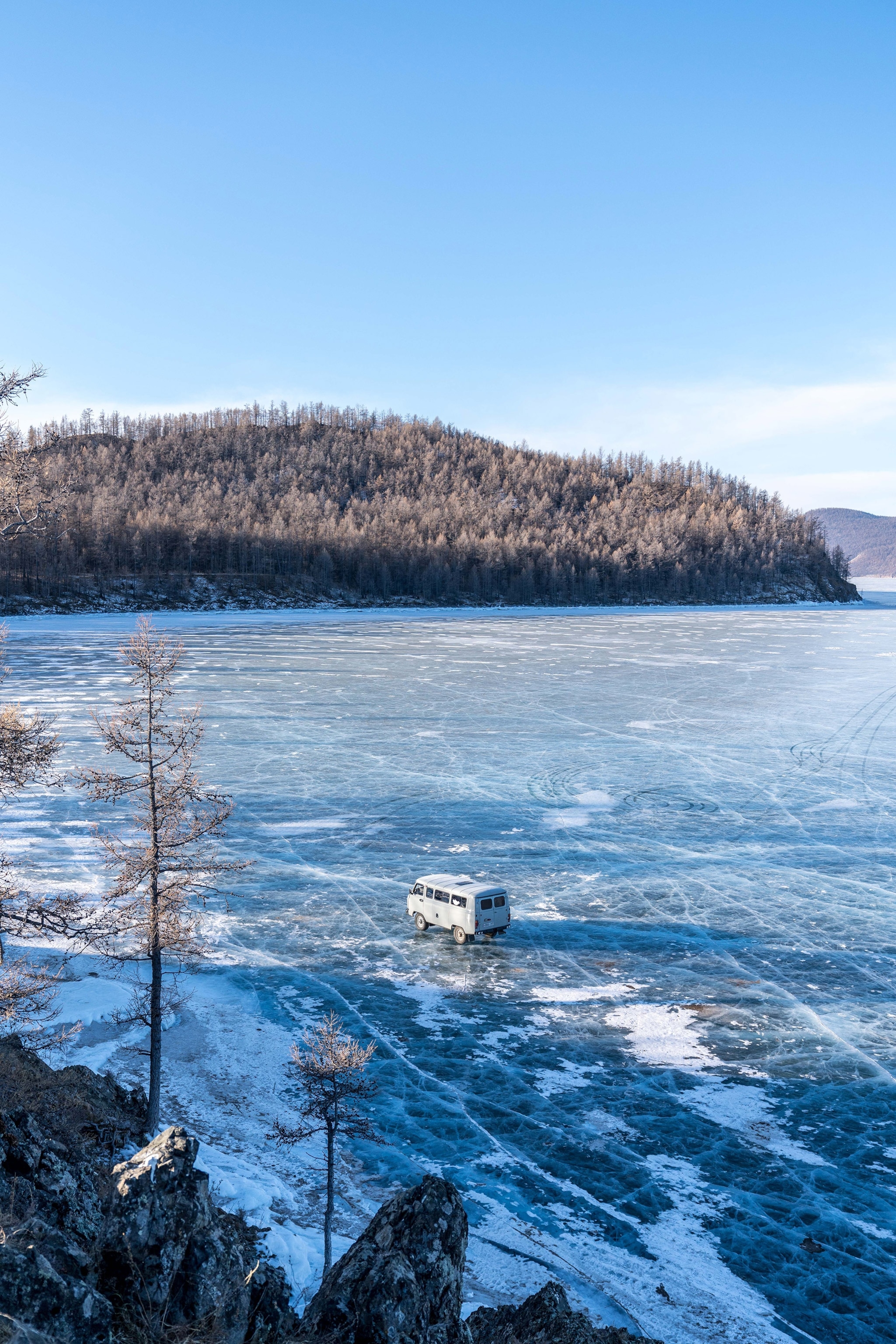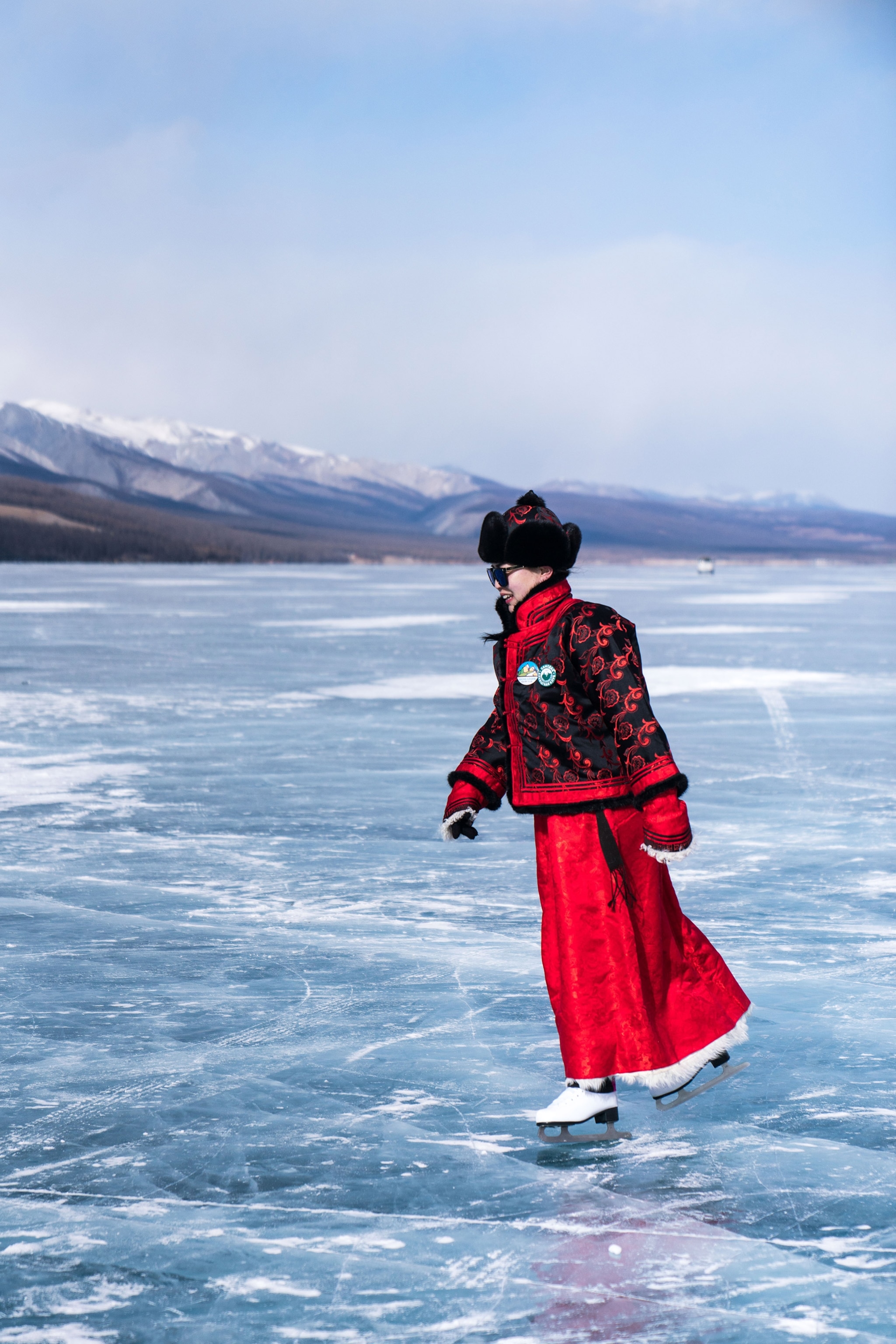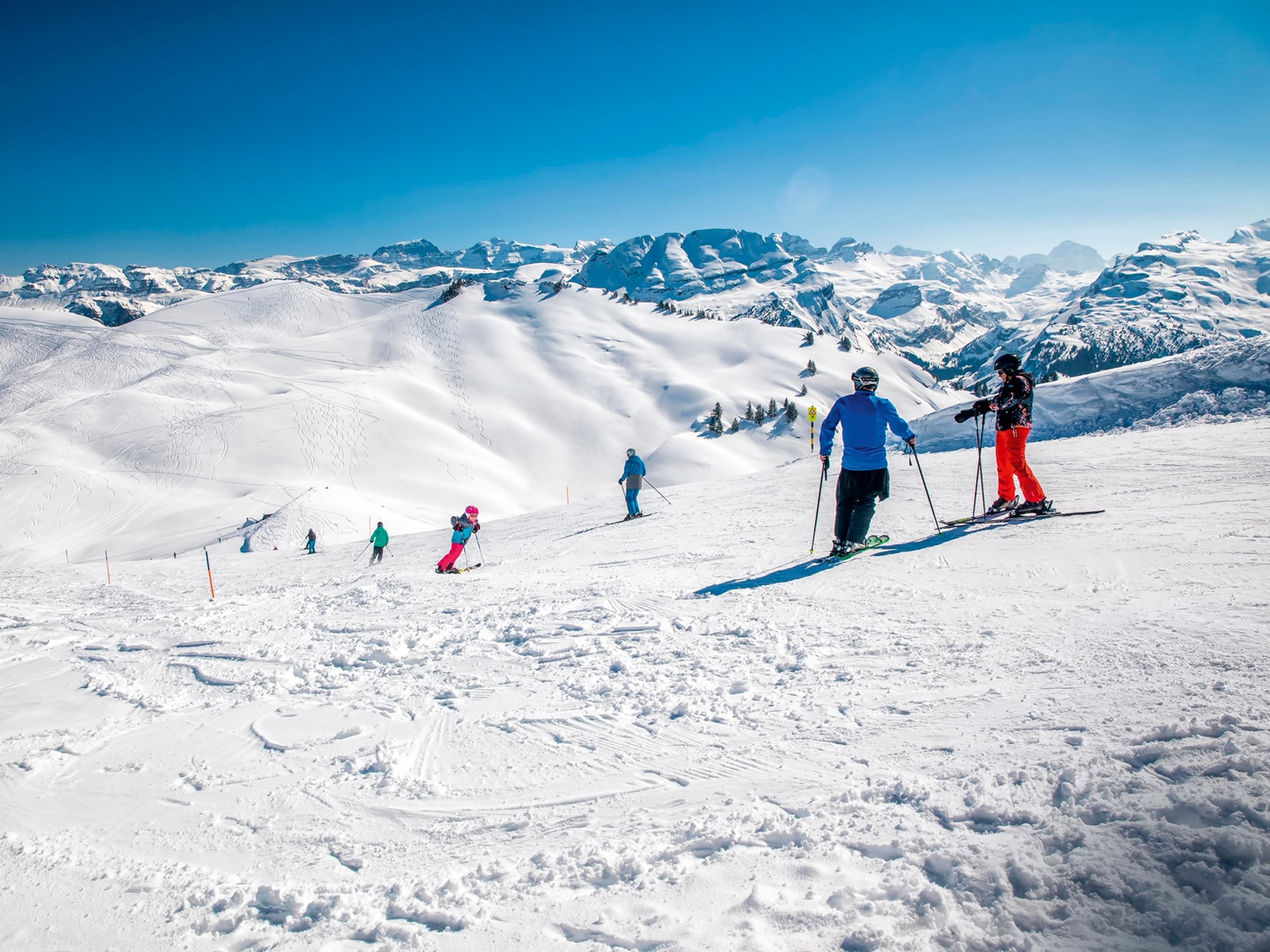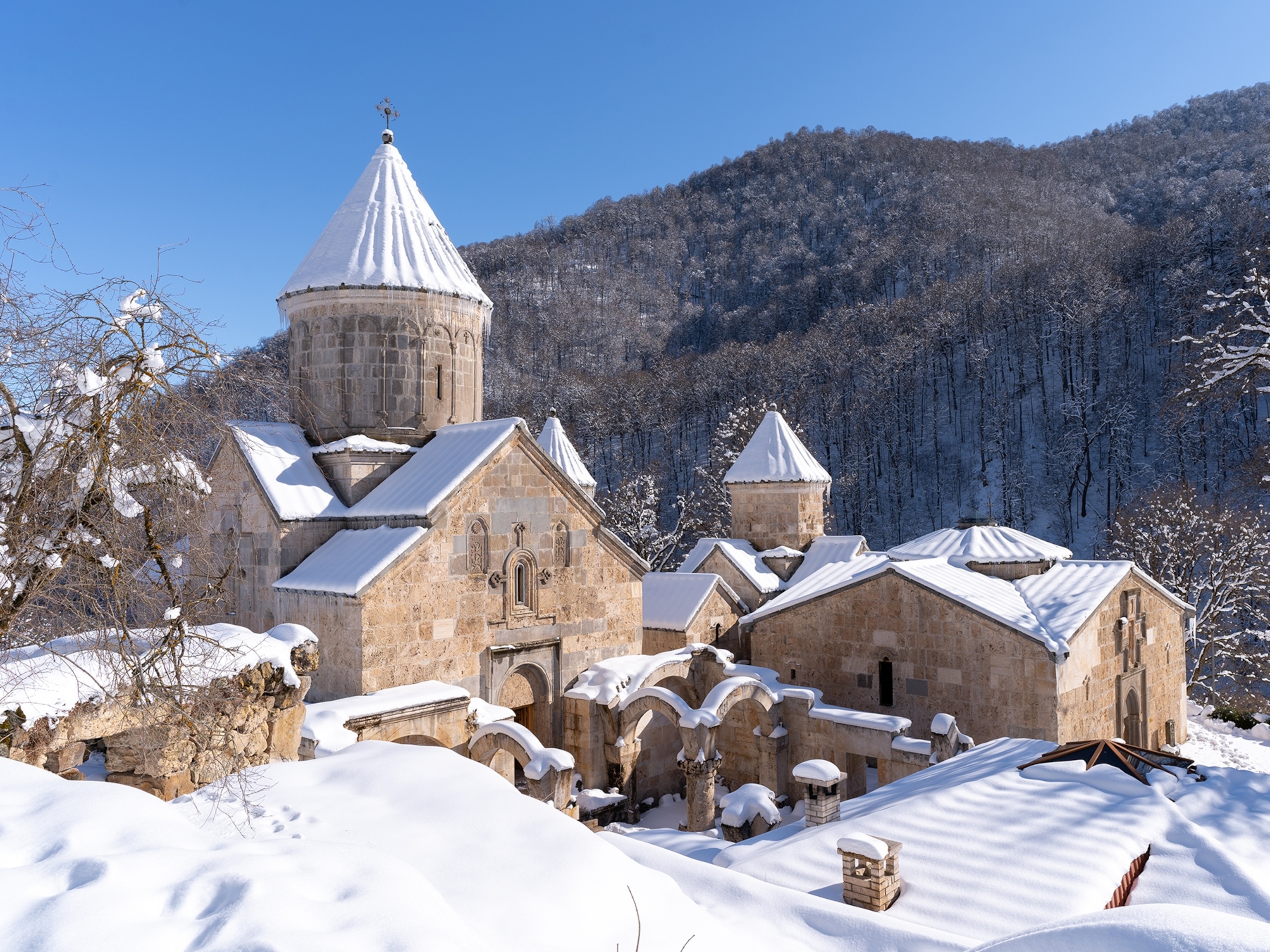
Celebrate Mongolia's winter on an ancient, frozen lake
Brutal temperatures add to the appeal of the annual Khövsgöl Festival of Ice.
In early March, travelers from across Mongolia head to the northernmost part of the country bordering Russia’s Siberia.
Braving the winter freeze—that sometimes falls below minus 58 degrees Fahrenheit—crowds gather on Lake Khövsgöl to celebrate the long, cold season. The largest freshwater lake in Mongolia, Khövsgöl belongs to the elite club of "ancient lakes" for having existed more than one million years (although some definitions vary).


Frozen from November to May, Lake Khövsgöl becomes a glacial playground during the annual Khövsgöl Festival of Ice. For two days, a flurry of events covers the lake: horse sleigh races, ice sumo, archery competitions, bone-throwing games, ice sculpture contest, and more—all taking place in the frigid cold on thick, slippery ice. (Drive across the deepest lake in the world.)
Festivalgoers don traditional costumes that represent Mongolia's 21 diverse regions, aimags. A fire-burning ceremony honors the strong, shamanic beliefs of the region, capping the festival's vibrant celebrations.
How to get there
Save time by catching a flight from Ulaanbaatar to Khovsgol's provincial capital, Murun. If you’re feeling adventurous, get on a local bus from Ulaanbaatar to Murun. During the 12 hours, you’ll see the vast central Mongolian countryside.
From Murun, a local van or a taxi takes travelers to Hatgal, a small town on the shores of Lake Khövsgöl that serves as the base for exploring.
Finally, you can hire a guide—offered by many tour agencies in Ulaanbaatar—for a private ride from the capital to the lake. The most interesting part of this journey? Traveling part of the bumpy way off-road in an old, iconic, Soviet UAZ van, no less), through the winding, dusty steppes, and spending a night with nomadic herder families.
- National Geographic Expeditions





